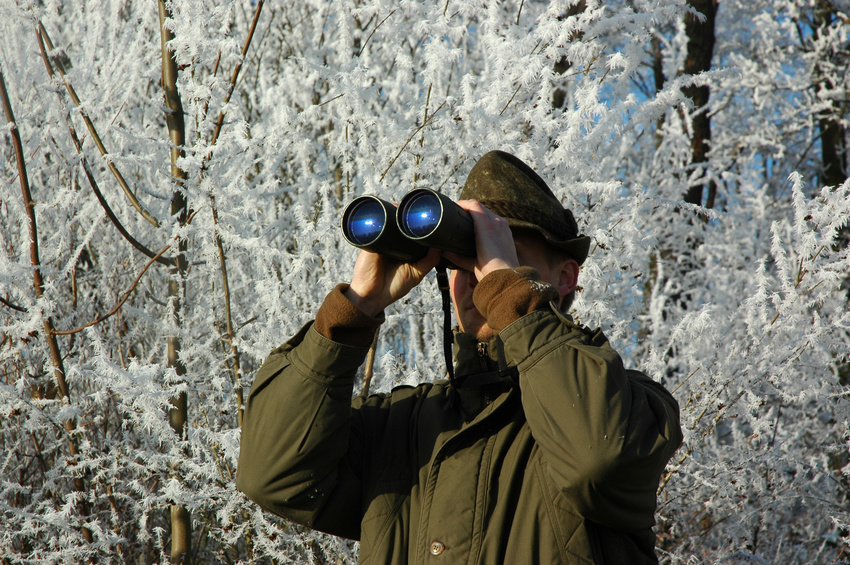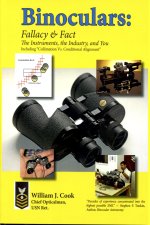metalmacaw
New member

Hi All,
I am relatively new to this forum and have a question to the BF community about the relative rarity of technical binocular reviews.
To give a bit of background on myself, I am an avid backpacker and nature lover and frequently go into the mountains, coastal areas or desert (in southern California) with a pair of binoculars to look at nature and wildlife.
For years I did this with a pair of Vortex Diamondback 8x32, but discovered the difference in quality when borrowing a pair of EDGs from a friend and in the last 2 years have bought
a few nicer binoculars used on eBay, including Nikon EDG 10x32, Nikon HG L DCF 8x32 and 10x32, and Zeiss T FL 8x32. All very nice binoculars with excellent qualities, as a weekend nature observer I cannot ask for more.
I really like all of these and am not necessarily looking to replace any of them, but have been seeing the Zeiss 8x40 SFL model mentioned online and their owners seem to like them and I am considering another purchase. In researching their qualities I noticed that binocular reviews tend to be very qualitative and subjective, with few or no technical reviews that rigorously measure light transmission, chromatic aberration, blurring, glare, etc. Even something relatively simple as edge to edge image sharpness is illustrated at the best with simple camera shots that are open to interpretation.
My question to the Bird Forum community is this: Why aren't there more binocular reviews that rigorously measure and compare the critical optical qualities of these instruments? (the only site I know of that posts technical reviews is Allbinos, but they seem to be far behind in reporting on the latest models)
Is this too difficult and expensive to do?
Is it not relevant to which binoculars perform best in the field?
Is binocular performance inherently subjective and not suited for standard analysis?
Have I not looked in the right places?
Please send me your thoughts or point me in the right direction.
I am relatively new to this forum and have a question to the BF community about the relative rarity of technical binocular reviews.
To give a bit of background on myself, I am an avid backpacker and nature lover and frequently go into the mountains, coastal areas or desert (in southern California) with a pair of binoculars to look at nature and wildlife.
For years I did this with a pair of Vortex Diamondback 8x32, but discovered the difference in quality when borrowing a pair of EDGs from a friend and in the last 2 years have bought
a few nicer binoculars used on eBay, including Nikon EDG 10x32, Nikon HG L DCF 8x32 and 10x32, and Zeiss T FL 8x32. All very nice binoculars with excellent qualities, as a weekend nature observer I cannot ask for more.
I really like all of these and am not necessarily looking to replace any of them, but have been seeing the Zeiss 8x40 SFL model mentioned online and their owners seem to like them and I am considering another purchase. In researching their qualities I noticed that binocular reviews tend to be very qualitative and subjective, with few or no technical reviews that rigorously measure light transmission, chromatic aberration, blurring, glare, etc. Even something relatively simple as edge to edge image sharpness is illustrated at the best with simple camera shots that are open to interpretation.
My question to the Bird Forum community is this: Why aren't there more binocular reviews that rigorously measure and compare the critical optical qualities of these instruments? (the only site I know of that posts technical reviews is Allbinos, but they seem to be far behind in reporting on the latest models)
Is this too difficult and expensive to do?
Is it not relevant to which binoculars perform best in the field?
Is binocular performance inherently subjective and not suited for standard analysis?
Have I not looked in the right places?
Please send me your thoughts or point me in the right direction.









